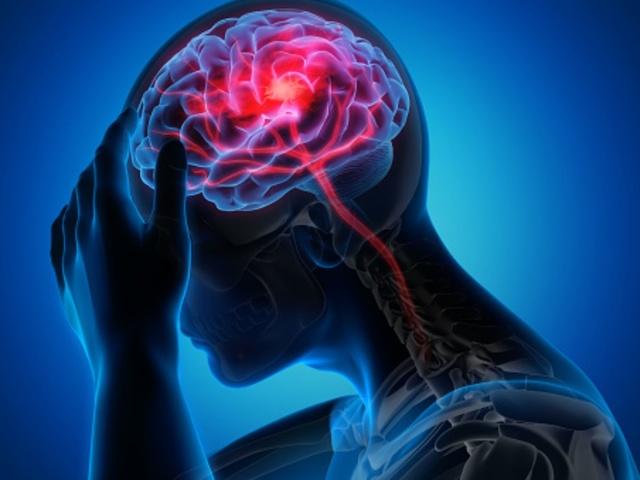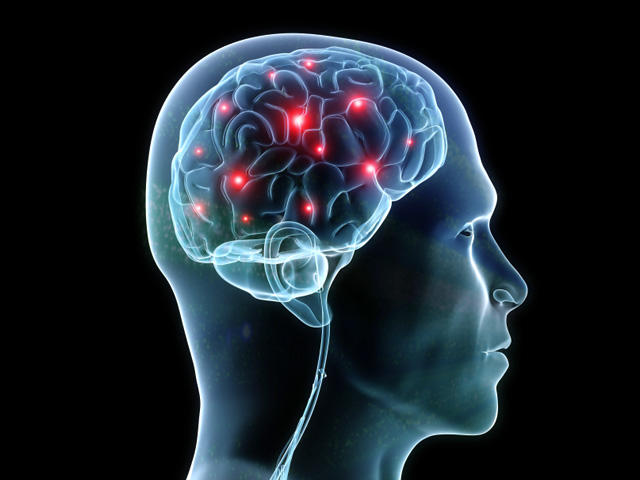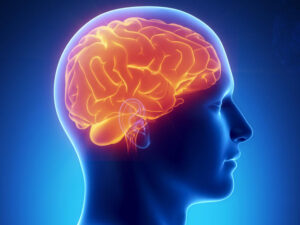The research study, partially funded by the U.S. National Institutes of Health (NIH), has concentrated on brain activity patterns in adolescents with dyslexia. Scientists determined that teenagers who had actually had the ability to compensate for their dyslexia demonstrated a unique pattern of brain tasks that did not feed on the brain scans of teenagers that might not learn to compensate. This exploration might not only pinpoint individuals that can make use of existing treatments, yet it may likewise pave the way for discovering brand-new strategies to instruct individuals who do not take advantage of current treatments.
Scientists chose 45 adolescents in between the ages of 11 to 14 years old to join the research. Each teen was evaluated in the areas of phonemic understanding, comprehension, fluency, accuracy, and rate to identify their analysis capacities.
Furthermore, they were examined on their ability to spell as well as quickly name objects, letters, numbers, as well as shades, as well as the size of their vocabularies. Based on their scores, 25 participants were figured out by scientists to have dyslexia. This resolution was based upon the premise that the teenagers found discovering to check out extremely tough despite enough exposure to the composed language.
2 various brain imaging technologies were used in the research study: functional magnetic vibration imaging (fMRI) as well as diffusion tensor magnetic resonance imaging (DTI). An fMRI reveals oxygen utilized by locations of the brain when they are involved in a particular job. A DTI shows links in between mind areas by mapping the wiring in the brain.
Pairs of printed words were shown to individuals that were then asked to choose both that rhymed. FMRI checks taken while individuals were performing these jobs revealed the 20 teenagers without dyslexia revealed solid mind tasks on the left side of the mind, while the scans of 12 dyslexic individuals showed weak activity on the left side of the brain.
Nonetheless, 13 dyslexic individuals who revealed increased tasks in the inferior frontal gyrus area of the mind (an area somewhat below and behind the right temple) were later on able to make up for their dyslexia. Furthermore, those 13 individuals’ DTI scans revealed more powerful connections in the exceptional longitudinal fasciculus which is likewise on the right side of the brain.

Participants were reviewed two as well as fifty percent years later. The dyslexic teens that had actually revealed increased task in the substandard frontal gyrus region of the mind throughout the initial testing and imaging showed higher renovation in their reading efficiency. Scientists have not found any other test which can dependably anticipate reading efficiency renovations. For Additional tips and information, click for more info!
The NIH estimates that dyslexia is a learning disability that affects roughly 15% of the populace. Nevertheless, this number might be greater because dyslexia was frequently undiagnosed due to a lack of a generally approved interpretation of the condition. Research study has revealed that not all teens have the capability to find out to make up for their dyslexia. Nonetheless, mind imaging has actually permitted scientists to anticipate which teenagers will certainly have the ability to compensate for their dyslexia with a 90% accuracy price.




